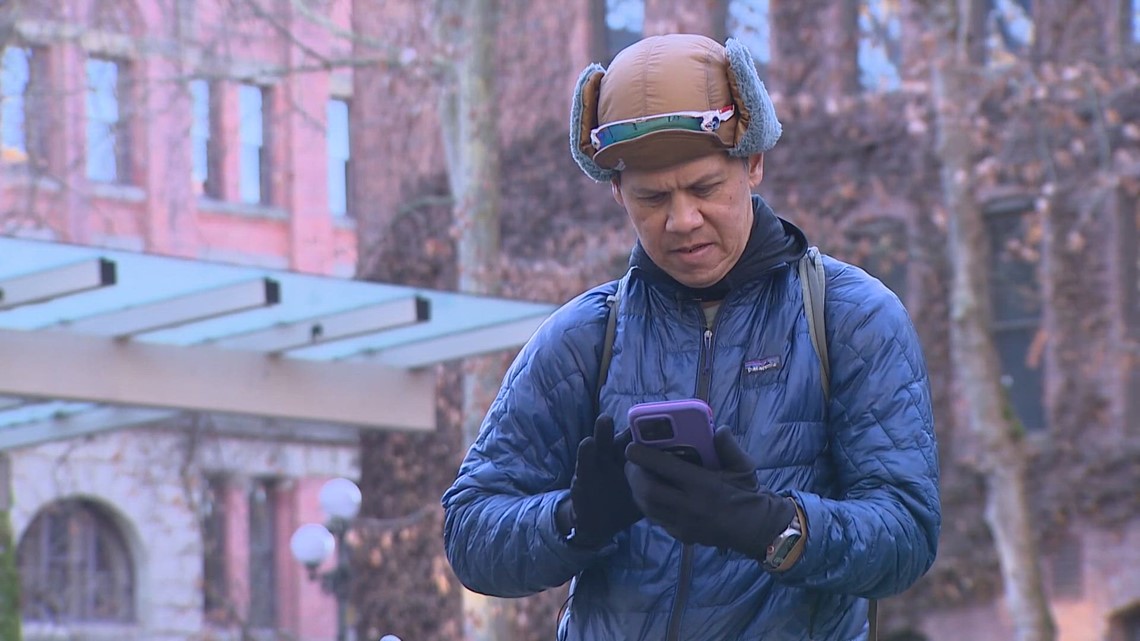- cross-posted to:
- seattle@lemmy.world
- cross-posted to:
- seattle@lemmy.world
‘It’s definitely backfiring’: Seattle ordinance intended to help app delivery workers is ‘hurting’ them::undefined
Did the ordinance specify that the app companies would have to absorb the costs and NOT pass them to the users? No? Ah, well, that explains it then.
How exactly would they absorb the costs? Most of them aren’t even turning a profit as it is
Edit: Not sure why the downvotes. I support the ordinance, minimum wages are great. But the cost is obviously going to the customers, where else would it go?
the cost is obviously going to the customers, where else would it go?
People have this idea that you can bleed money from corps and that corps will magic the money from somewhere other than customers.
They don’t need magic the money out of anywhere, they already have it. They just have to want something other than to exploit whatever they can for profit, which is something they won’t consider.
I mean, they could, they just won’t. Lower the pay of the higher ups and you’d have more free money magicked up.
By decreasing billionaire executive bonuses, of course. You realize apps like Uver give shitty pay to the drivers and keep most of the profits for the execs, don’t you?
Repeat after me: They are MIDDLEMEN.
Thats not how economics works, if the cost of a product goes up one way or another, the price goes up, one way or another
And oddly, the price of a product can go up even if the cost of the product doesn’t change or goes down.
I drew the arrow one way, just because you want to invert the arrow doesn’t mean it’s correct 🤷
Only if customers are willing to pay for it.
How would that work, really? I can’t figure out how that could be regulated.
-
Establish a wage floor.
-
Establish a price cap.
If the corporation can’t make a profit from this, then perhaps their business model was not viable in the first place.
A price cap seems to be based on the premise that not having a service at all is better then having it be too expensive. I find that idea very questionable.
“Let’s treat our workers like slaves or else the entire economy will suffer” is a far worse take IMHO.
i don’t think that is what they meant. is that a strawman you’re slaying?
Replace that price cap with a wage cap for the people at the top that is based on the wages of everyone else in the company and companies it contracts (to avoid the obvious loophole as well as giving an actual mechanism for “trickle down”).
How is the price cap determined?
“No fair! Our business model was very simple: price gouge the customer while exploiting our labor force!”
-
It’s also mentioned that the amount of drivers has risen sharply since the ordinance went into effect, as drivers from surrounding areas have moved in to try to take advantage of the higher prices. So yeah, doesn’t sound like the ordinance is at fault, sounds like more places just need to implement it themselves
This is the crux of most of this kinda of piecemeal legislation. If the change is localized, people just move to the place that suits them best.
The same thing happens with sugar tax on drinks at the local level, people just buy their drinks elsewhere.
It needs to be state wide to make much of a difference overall.
The same thing happens with sugar tax on drinks at the local level, people just buy their drinks elsewhere.
Right. So, I’m going to travel to the the next town over just to save 50 cents on a bottle of soda? These are often impulse buys, anyway.
Not for impulse buys, obviously. But for bulk purchases.
I expect this is temporary as the market adjusts to the new prices. Eventually drivers will leave since its not worth it to them, increasing the orders per driver. And some amount of people ordering will come back once the sticker shock passes. It’ll work out.
That’s my thinking, too. I wonder how many new drivers started once the ordinance was passed in an attempt to catch the higher wage being spoken about.
Yep, you increase costs and people buy less. Basic supply and demand.
In addition, increase pay, so the supply goes high while demand drops. It will be interesting how this works out in a year from now.









